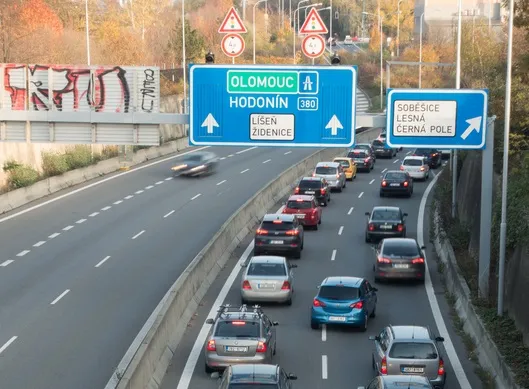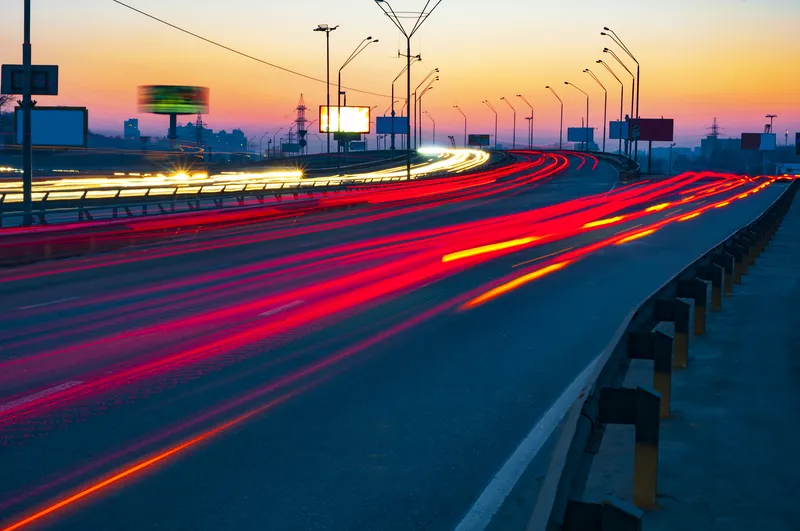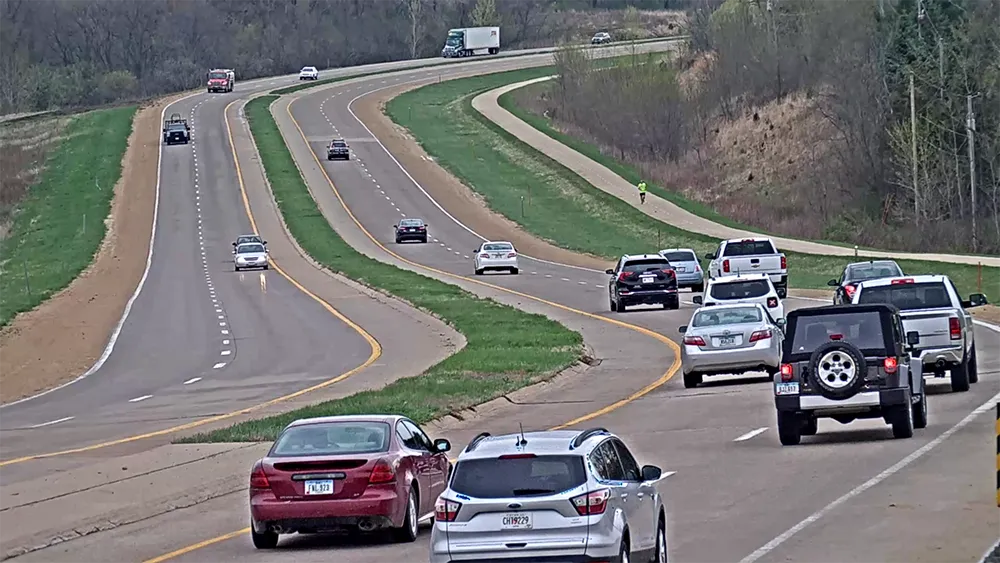Traffic supplier Siqura has installed two cameras and software for an integrated security solution in three major tunnels in the Czech Republic.
By Ben Spencer
March 11, 2020
Read time: 1 min

Siqura says its XCU Fusion camera dual imaging camera for demanding environments offers double protection against corrosion as it is made of powder-coated stainless steel (316L).
Additionally, the TrafficPTZ Ultimo camera is expected to provide high-definition images. The 30x optical zoom in combination with the dual LED illuminators and embedded image stabilisation make it suitable for traffic applications, the company adds.
The deployment is taking place on the 360m Valík tunnel on the D5 motorway, the Klimkovice tunnel on the D1 motorway and the Husovice tunnel in the city of Brno.









